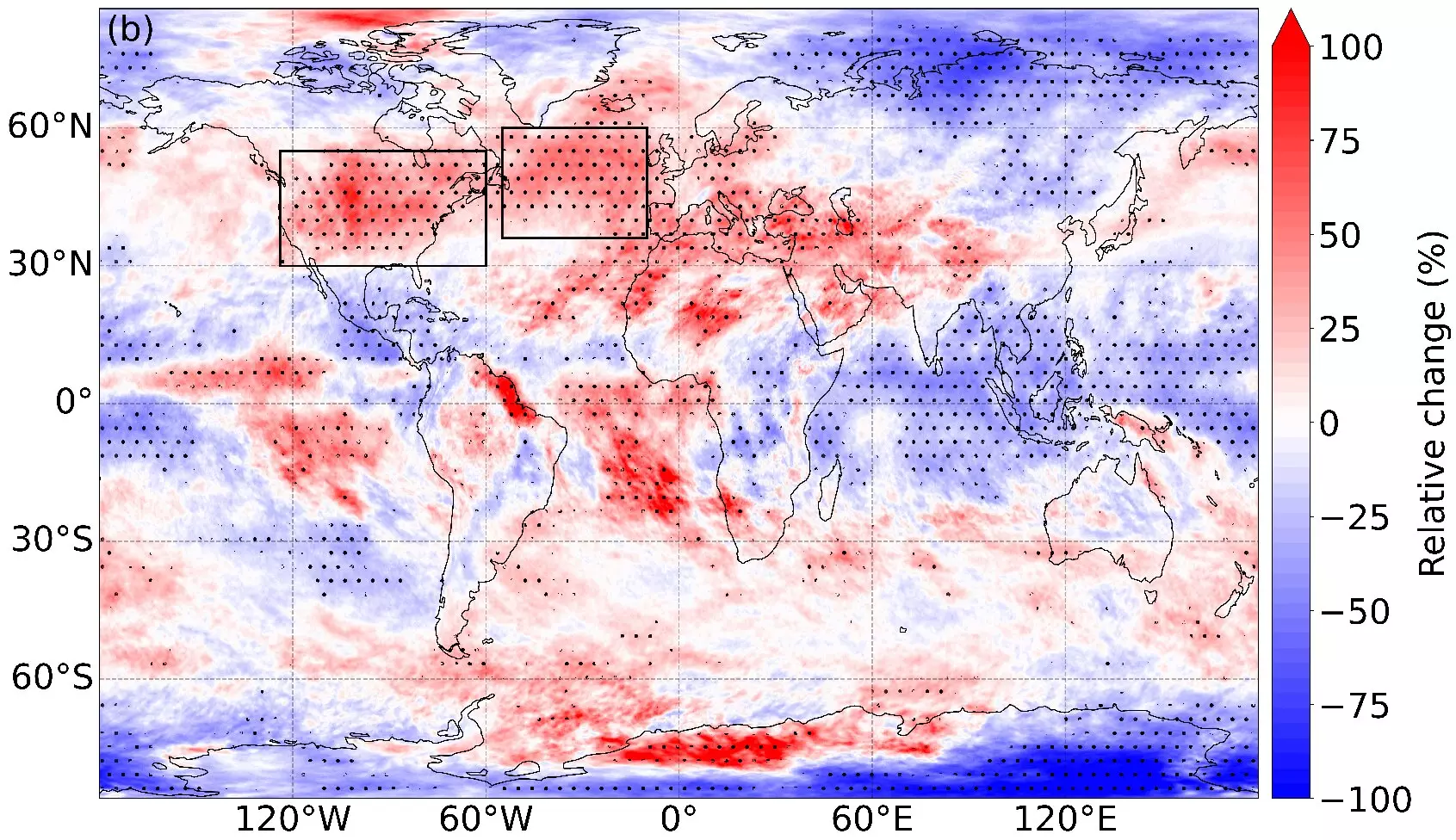Air travel has become increasingly popular over the years, but with it comes the risk of turbulence. According to a recent study by the University of Reading, turbulence has increased over the past four decades due to climate change. Turbulence is hazardous to aircraft and can cause discomfort and injuries to passengers and crew. The study reveals that the duration and intensity of clear-air turbulence have increased in various regions around the world.
The Findings
The researchers found that clear-air turbulence has increased in the North Atlantic, one of the world’s busiest flight routes. The total annual duration of severe turbulence increased by 55% from 17.7 hours in 1979 to 27.4 hours in 2020. Moderate turbulence increased by 37% from 70.0 to 96.1 hours, and light turbulence increased by 17% from 466.5 to 546.8 hours. The team behind the study says that the increases are consistent with the effects of climate change.
Ph.D. researcher Mark Prosser notes that turbulence makes flights bumpy and can occasionally be dangerous. He adds that airlines will need to start thinking about managing the increased turbulence as it costs the industry $150–500m annually in the U.S. alone. Every additional minute spent traveling through turbulence increases wear-and-tear on the aircraft and the risk of injuries to passengers and flight attendants.
Global Impact
While the U.S. and North Atlantic have experienced the largest increases, the study found that other busy flight routes over Europe, the Middle East, and the South Atlantic also saw significant increases in turbulence. The researchers warn that the increased turbulence trend is a global issue that requires attention.
The Way Forward
Professor Paul Williams, an atmospheric scientist at the University of Reading who co-authored the study, suggests investing in improved turbulence forecasting and detection systems. This will prevent rough air from translating into bumpier flights in the coming decades. The study shows that climate change has already begun to affect air travel, and it is essential to take measures to mitigate the impact.
The study by the University of Reading reveals that clear-air turbulence has increased over the past four decades due to climate change. The findings show that the duration and intensity of turbulence have increased in various regions around the world, and the trend is likely to continue. The aviation industry needs to invest in improved forecasting and detection systems to manage the increased turbulence and prevent it from causing discomfort and injuries to passengers and crew. The study highlights the urgent need to address the impact of climate change on air travel.



Leave a Reply